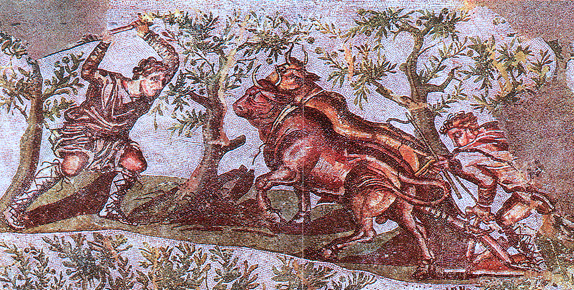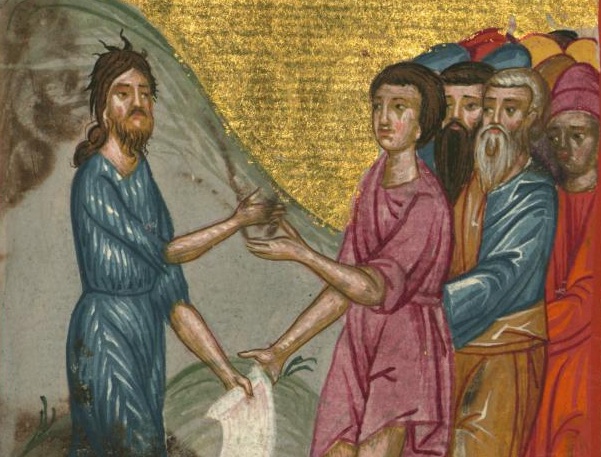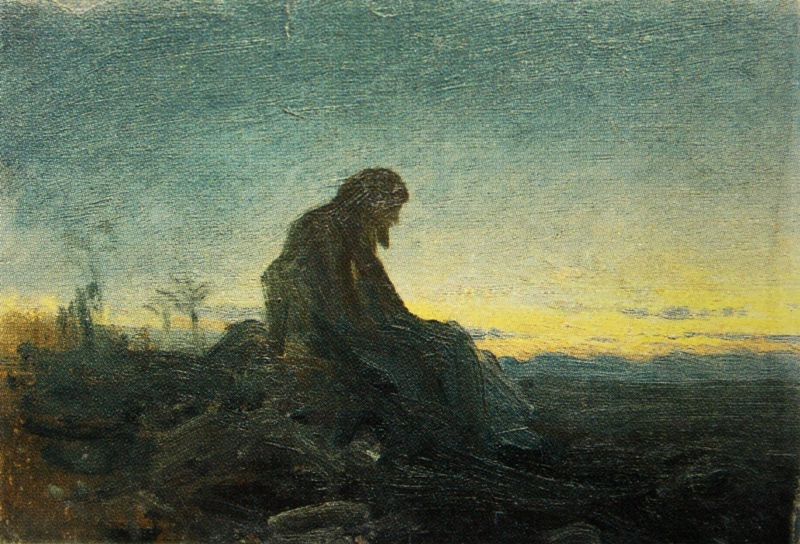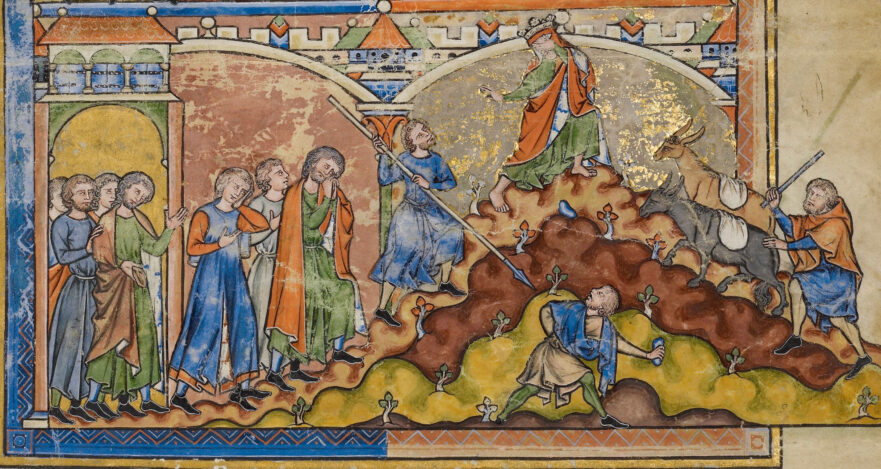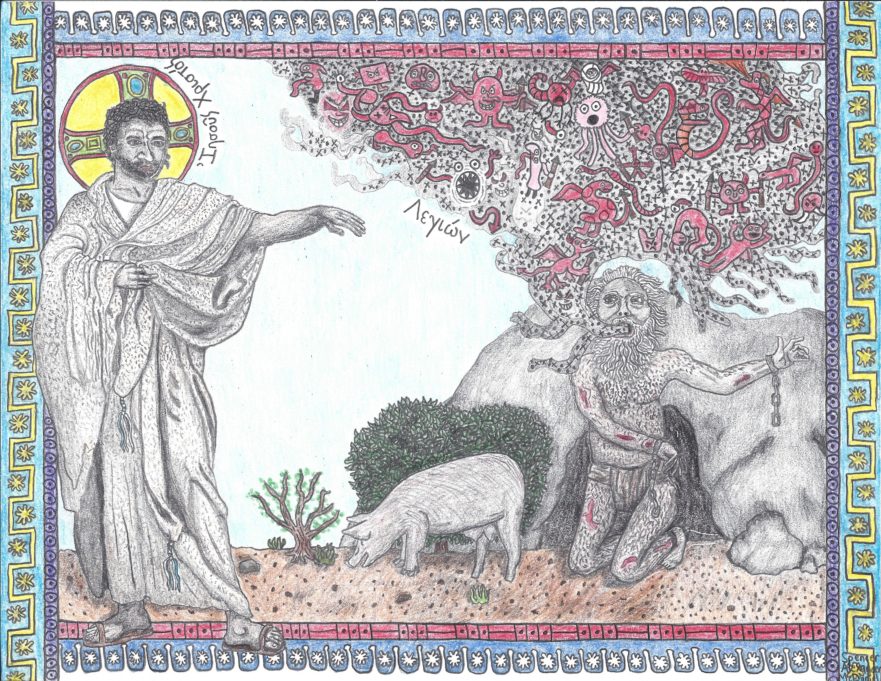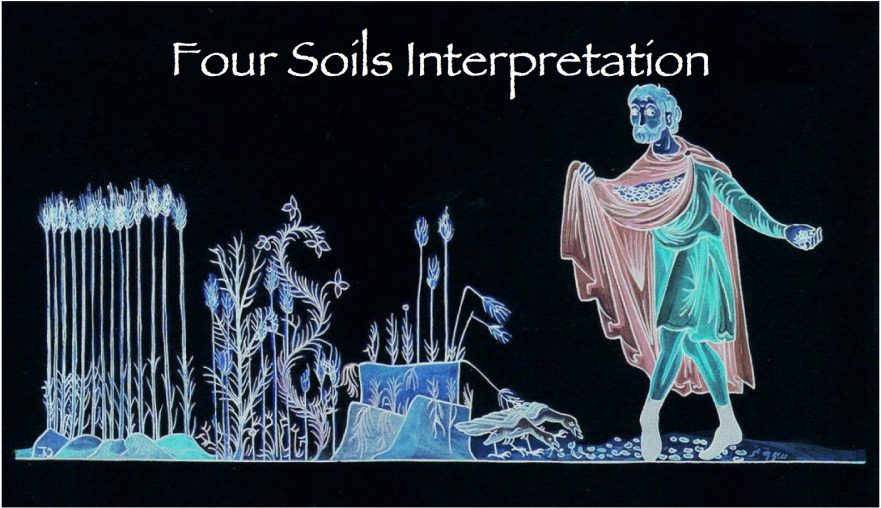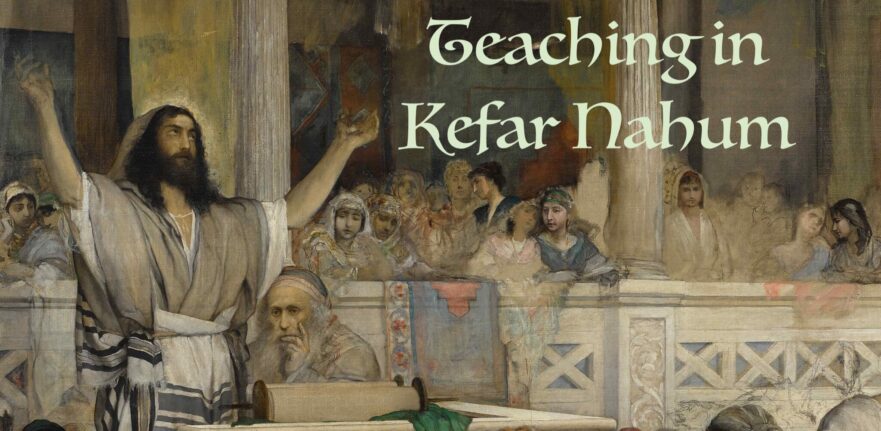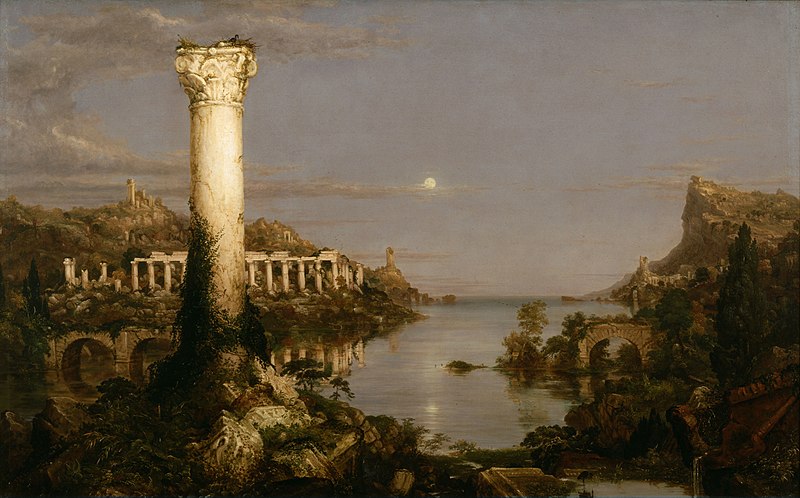But Yeshua replied, “It is written, Fear the LORD your God, and worship him alone .”… But Yeshua replied, “Scripture says, You must not test the LORD your God .”… Comment
6. … According to Jub. 17:6, it was Prince Mastemah (i.e., Satan) who challenged God to command Abraham to offer Isaac as a sacrifice, and according to Jub. 18:9-12, Prince Mastemah was present when Abraham lifted the knife to slaughter Isaac, on account of which Mastemah was put to shame. 4QPseudo-Jubileesa, too, states that Mastemah was the instigator behind the binding of Isaac (4QpsJuba 2 I, 9-10), and it is as Mastemah and his cohort of angels were present with Abraham and Isaac on the summit of Mount Moriah that we gain our first inkling that it was not only Abraham but also Isaac who was on trial:
ומלאכי המ שמחים ואומרים עכשו יאבד ו ימצא כחש ואם לא ימצא נאמן א… And he would be found weak and whether A would not be found faithful (4QpsJuba 2 II, 6-8)
The text is fragmentary and Isaac is not explicitly mentioned in this passage, but since it was Isaac who was about to be slaughtered, it makes sense that the exclamation “Now he will be destroyed!”

